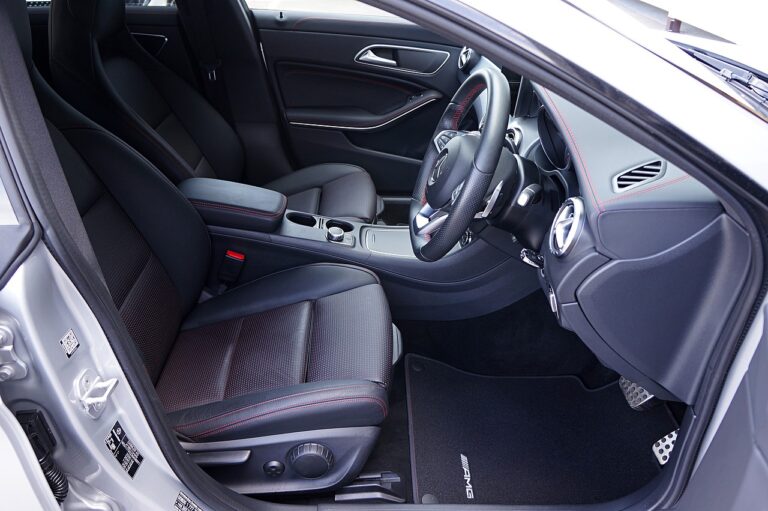Design Thinking in Automotive User Experience: Human-Centered Design
Design thinking is a problem-solving approach that prioritizes empathy for users, encourages creativity, and promotes experimentation. It is a human-centered process that aims to understand the needs, desires, and behaviors of users before developing solutions. By putting the user at the heart of the design process, design thinking helps to create products and services that truly resonate with the end-users.
This iterative process typically involves five key stages: empathize, define, ideate, prototype, and test. Design thinking is not limited to designers; it can be applied by individuals and teams across various industries to tackle complex challenges and drive innovation. By embracing ambiguity and embracing a user-focused mindset, organizations can benefit from the problem-solving capabilities of design thinking.
Understanding User Experience in Automotive Industry
User experience in the automotive industry is a critical aspect that can set a company apart from its competitors. It involves all the interactions users have with the product, from the moment they step into the car to the way they navigate through the infotainment system. Every touchpoint is an opportunity to create a seamless and enjoyable experience for the driver and passengers.
In today’s competitive market, automakers are increasingly focusing on creating user-centric designs that cater to the needs and desires of consumers. By prioritizing user experience, companies can build brand loyalty and differentiate themselves in a crowded marketplace. From intuitive interfaces to ergonomic seating arrangements, every detail plays a role in shaping the overall user experience in the automotive industry.
Importance of Human-Centered Design in Automotive Sector
When it comes to the automotive sector, the importance of human-centered design cannot be overstated. This approach puts the end user at the forefront of the design process, ensuring that their needs and preferences are carefully considered at every stage of development. By focusing on the human experience, automotive manufacturers can create products that are not only functional and reliable but also intuitive and enjoyable to use.
Human-centered design goes beyond simply meeting basic requirements; it aims to delight and surprise users, fostering a sense of connection and loyalty to the brand. This approach involves gathering insights from real users through research and feedback, allowing designers to empathize with their target audience and design products that truly resonate with them. Ultimately, human-centered design in the automotive sector is about creating vehicles that not only meet transportation needs but also enhance the overall quality of life for users.
What is Design Thinking?
Design Thinking is a problem-solving approach that focuses on understanding the needs and preferences of users in order to create innovative solutions.
How can Design Thinking be applied in the automotive sector?
Design Thinking can be applied in the automotive sector by involving users in the design process, conducting research to understand their needs and preferences, and iteratively testing and refining designs based on user feedback.
What is User Experience (UX) in the context of the automotive industry?
User Experience (UX) in the automotive industry refers to how users interact with and experience a vehicle, including factors such as ease of use, comfort, and overall satisfaction.
Why is Human-Centered Design important in the automotive sector?
Human-Centered Design is important in the automotive sector because it helps to create vehicles that are tailored to the needs and preferences of users, leading to improved user satisfaction and loyalty.







